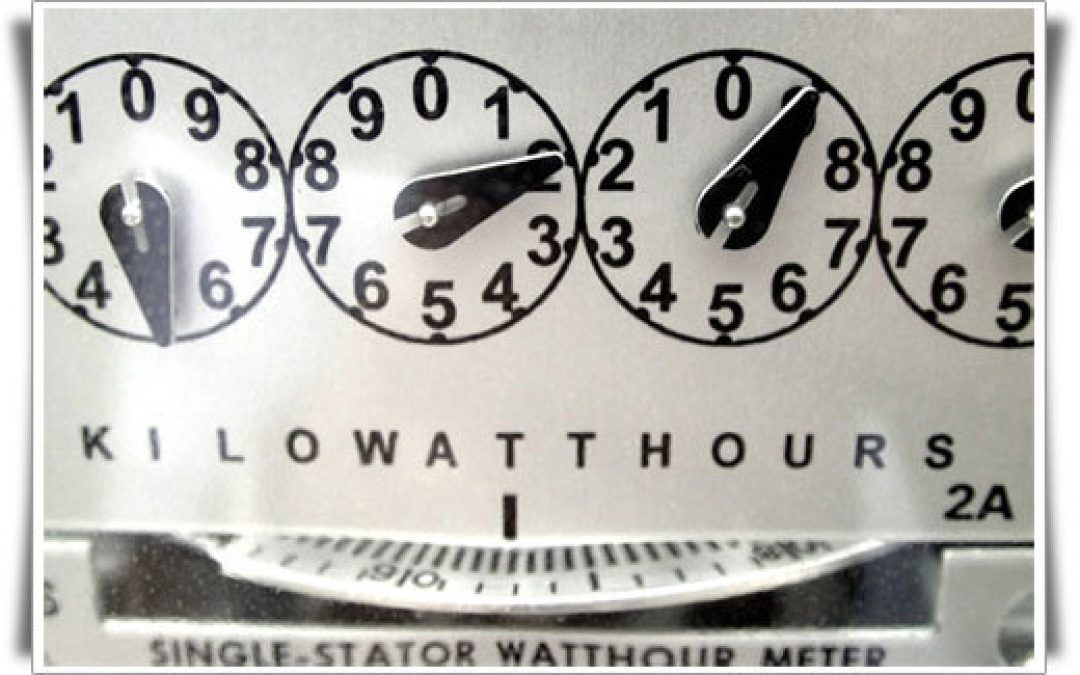There was much ado recently about California passing a law to allow “Net Metering” for individuals or institutions producing renewable energy… and get *paid* for it. Apparently, they could contribute net energy to the grid before out of the goodness of their hearts. And did. Now some 120,000 residential and non-residential accounts are enrolled in the program… and growing.
So it turns out Utah has had a “Net Metering” law in place for over 10 years. That means anyone generating renewable energy from their home, business, farm, whatever could sell net produced energy (produced minus consumed) back onto the grid, and the electric company would have to pay them.
Rocky Mountain Power then saw fit to lobby for modifying that law in 2009 so they only had to pay in KwH credit, not cash. Wha’? How is that fair or appropriate? When they’re paying coal or gas burning power plants in cash.
“If net metering results in excess customer-generated electricity over the billing period, the investor-owned utility (private Rocky Mountain Power) will credit the customer for the electricity on a kilowatt-hour basis.”
========
Net Metering
On March 15, 2002, Governor Leavitt signed into law House Bill 7, Net Metering of Electricity. This law requires all investor-owned and cooperative electric utilities in Utah (municipal utilities are excluded) to allow customers to connect renewable energy systems to the grid and their accounts be credited when excess electricity is generated.
Investor-Owned Utility Net Metering Requirements (Rocky Mountain Power)
Residential Customers
On February 12, 2009 the Public Service Commission changed the net metering requirements for investor-owned utilities. The new standards state that the utility will “net” the customer’s electricity use and production over the monthly billing period. In essence, crediting the residential customer the retail price for the electricity they produce. If net metering results in excess customer-generated electricity over the billing period, the investor-owned utility will credit the customer for the electricity on a kilowatt-hour basis.
Large Commercial and Industrial Customers
Customers with demand charges that generate excess generation will be given a choice between valuing excess generation at an avoided-cost-based rate or at an alternative rate by dividing Rocky Mountain Power’s Utah revenue per schedule by the schedule’s corresponding kilowatt-hour usage data from the previous year’s FERC Form No. 1.
Credit Details
Both residential and large commercial or industrial customers may use the credit to offset purchases of electricity during future billing periods in the same energy year (April 1 to March 31). Any unused credits expire at the end of the energy year. Customer-generated electricity may be from solar, wind, small hydropower, co-generation or fuel cell systems of up to 25 kW in size for residential systems, and 2MW for commercial systems.
__________________
LEARN MORE
Learn more about energywhiz.
Follow us, http://Twitter.com/NobleProfit
Like us, http://Facebook.com/NobleProfit
Register at http://NobleProfit.com to gain valuable insights in related topics.
Noble Profit is brought to you by http://CreativeEntity.Org
Creative Entity Productions http://Creative-Entity.com
Created by Amy Seidman


 Noble Profit™ is an authentic source for discovering innovation, trends and investment in clean tech, and sustainable business.
Noble Profit™ is an authentic source for discovering innovation, trends and investment in clean tech, and sustainable business.